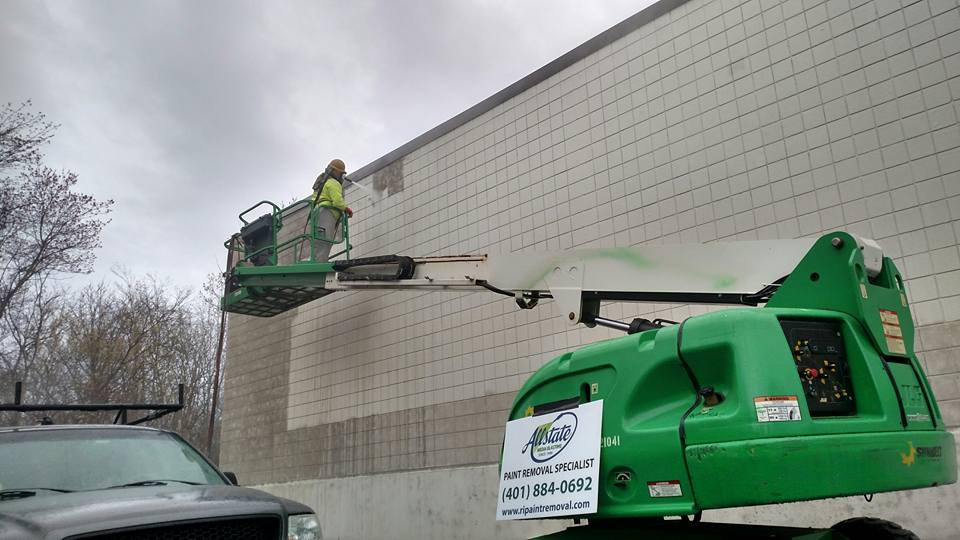What’s the best way to make your surfaces look like new? Traditional cleaning methods, such as power washing or manual scrubbing will only get you so far. Surfaces that are coated with several layers of old, peeling paint, dirt, grease, calcium deposits, and/or other contaminants require a more powerful restoration solution. Enter abrasive blasting, namely glass blasting.
But what is glass blasting, exactly? How does it work? And what is this process capable of doing? Let’s explore these questions and more.
What to Know About Glass Blasting
Abrasive Blasting Basics
Glass blasting techniques fall under the umbrella of “abrasive blasting,” or “sandblasting,” which refers to the process by which a stream of rough materials (loosely referred to as “sand”) is pressurized and directed towards a surface in order to remove contaminants and materials, clean the surface, and/or alter its texture (i.e. make it smoother or rougher). You can think of abrasive blasting as a sort of high-powered sanding technique. The high friction and velocity produced by abrasive blasting easily shakes loose even the most stubborn, adherent materials.
Many materials can be used for abrasive blasting purposes, including sponge, dry-ice, synthetic beads, glass, and more. Contractors that specialize in abrasive blasting may refer to themselves generally as sandblasting services/media blasting services, or go by the specific material(s) used for their blasting operations (i.e. glass blasting, soda blasting, sponge blasting, etc.).
A Briefing on Glass Blasting
Glass blasting, then, is a type of abrasive blasting that uses glass as its blasting medium. Of course, there is plenty of variation to be found within the category of glass blasting, as not all glass materials are the same and grit size can range significantly. Here at Allstate Media Blasting, we use 100% consumer-recycled crushed glass, which contains no heavy metals and is listed on the EPA’s Procurement Guidelines for Sandblasting Grit. As a result, our glass blasting process is highly visible, efficient, suitable for both wet and dry blasting purposes, environmentally friendly, odorless, non-reactive, and inert.
What is Glass Blasting Good For?
When handled by professionals, glass blasting can effectively restore most types of surfaces so they’re clean and, if so desired, ready to take on fresh coatings, including masonry (brick, stucco, concrete), wood, metal, marble, and more. As such, this is a powerful solution for removing old paint and contaminants from residential or commercial buildings, industrial equipment, decks, automobiles, boats — the list goes on.
Our process is CARB Approved for outdoor sandblasting and ideal for use near and around environmentally sensitive areas. Glass blasting also provides a whiter, more pristine finish due to its reduced embedment when compared to other blasting materials like metal slag.
What Allstate Sandblasting Has to Offer
Allstate Media Blasting has been enhancing, cleaning, and restoring homes and businesses with our residential and commercial blasting techniques since 1986. In addition to basic glass blasting, we offer dustless blasting solutions to remove paint from surfaces without causing damage or releasing harmful particles into the air. We also offer graffiti and rust removal, sidewalk and parking lot cleaning, and so much more. We always use the optimal blasting processes for each job to ensure safety and the best possible results. To learn more about everything we do, call us at 401-884-0692, or email us at AllstateSandblasting@gmail.com.

